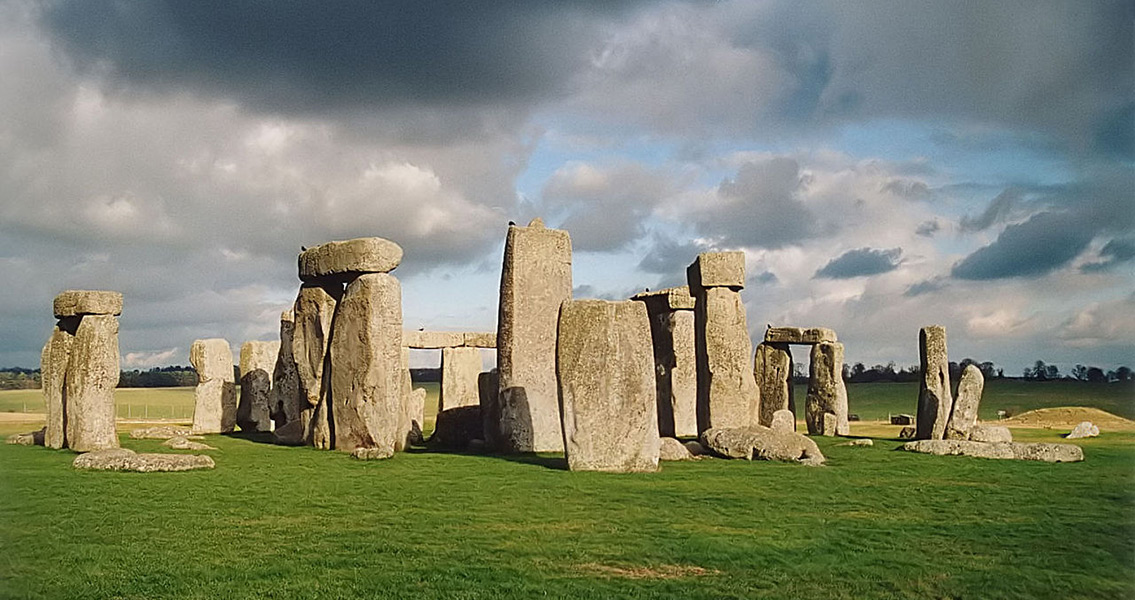<![CDATA[A British art critic has added to the scores of theories about Stonehenge. Julian Spalding, who used to be at the helm of a number of major museums, believes the monument was the foundation for a raised altar which could accommodate hundreds of people, a sort of “Mecca on stilts” as he calls it. His theory appears in a book titled “Realisation: From Seeing to Understanding - The Origins of Art.” Speaking to the Guardian, Spalding explained it’s possible that most theories about the stone complex are wrong because of the faulty perspective from which the theorists have looked at the site: from the ground up. Instead, he argued, the people who lived in the region 4,000-5,000 years ago, when Stonehenge was built, may have looked at it from the top down as the foundations of a vast wooden platform for worshiping and performing religious ceremonies closer to the heavens. Spalding grounds his theory in the fact that evidence from other ancient civilisations reveals their religious monuments were usually built higher than ground level, often in a circular shape. He highlighted examples from regions as far apart as Turkey, China, and Peru, adding that the circular shape was perhaps an imitation of the orbits of “celestial bodies”. One further argument in support of his theory is the fact that in those times priests (in any civilisation) were usually carried, rather than left to walk on their own. Due to their perceived higher status, priests’ feet would rarely touch the ground when they went from one place to another, and this, according to Spalding, held true for the priests who performed ceremonies in prehistoric Britain. As further explanation, he suggested that performing religious ceremonies on the ground would have been seen as an insult to the gods and other celestial beings. Fascinating as it sounds, Spalding’s theory has been met with scepticism among scientists. Two archaeologists, professors Vincent Gaffney and Barry Cunliffe, commented that there is no evidence to support Spalding’s arguments. Others, however, like Aubrey Burl, who is an expert on stone circles, have welcomed this new addition to the Stonehenge theories list, noting that careful consideration is called for. Among the most enduring theories about Stonehenge are that it was a solar temple, a place where believers celebrated the rise and set of the Sun on midsummer, a calendar, or a cemetery. Some specialists believe it was a monument similar in purpose to the Circular Altar in Beijing, which was used in winter to encourage the Sun to rise. Two of the most recent discoveries about Stonehenge include traces of stones that reveal it was not unfinished but a complete circle, and a “twin” structure made from wood. This latter discovery is particularly interesting. The wooden structure, unearthed by a team led by Professor Gaffney from the University of Birmingham, was found less than a kilometre from Stonehenge itself and seems to repeat the arrangement of the monoliths there. Its purpose is as of yet unknown but then, so is the purpose of Stonehenge. As more discoveries are made, they seem to only deepen the mystery of the mysterious landmark. Image courtesy of Wikimedia commons user: Frederic Vincent ]]>
New Theory On The Use of Stonehenge
